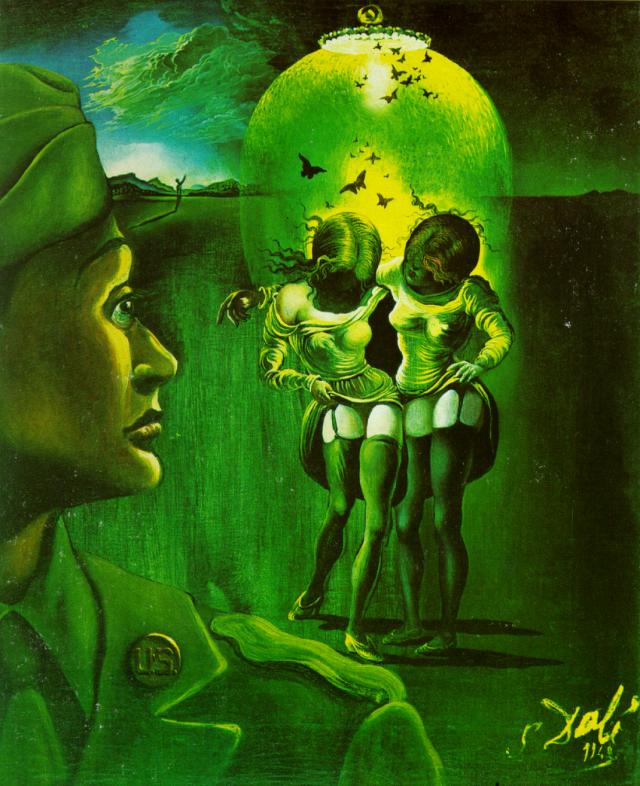Hieronymus Bosch’s masterpiece of grotesquerie, The Garden of Earthly Delights, contains a young God, Adam and Eve, oversized fruits and musical instruments, owls, tortured sinners, something called a “tree man” whose body contains an entire tavern, a defecating avian devil eating a human being, and “frolicking, oblivious figures engaged in all sorts of carnal pleasures,” as art historian Beth Harris puts it in the new Smarthistory video above. Throughout its fifteen minutes, she and her colleague Steven Zucker explain as much as possible of this jam-packed triptych — not that even a lifetime would be long enough to understand it fully.
“Bosch confounds our ability to even talk about what we see,” says Harris. “His imagination has run wild. He’s just invented so many things here that we could never even have thought about in our wildest imaginations.” Zucker cites one art-history theory that this triptych represents Bosch’s attempt to “elevate the visual arts to the level of creativity that was permitted in literature.”
Even in Bosch’s late fifteenth and early sixteenth centuries, writers had an enviably free hand in choosing and presenting their subject matter; because the directly representative form of painting, by contrast, “had always been at the service of religion, it was inherently more conservative.”
It’s entirely possible — and other analyses previously featured here at Open Culture have argued it – that Bosch, too, was working at the service of religion. But it could also be that The Garden of Earthly Delights, in its vast middle panel, tells “an alternate story,” as Zucker puts it. “What if the temptation had not taken place? What if Adam and Eve had remained innocent, and had populated the world? And so, is it possible that what we’re seeing is that reality, played out in Bosch’s imagination?” Not that such a vision would have readily been accepted in the artist’s own time and place — nor that his intentions alone could lead us to a complete interpretation of his work. As any novelist knows, sometimes your characters simply take over, and it could hardly have been within even Bosch’s powers to deny the desires of a cast so teeming and bizarre.
Related content:
The Meaning of Hieronymus Bosch’s The Garden of Earthly Delights Explained
The Meaning of Hieronymus Bosch’s Spellbinding Triptych The Garden of Earthly Delights
A Digital Archive of Hieronymus Bosch’s Complete Works: Zoom In & Explore His Surreal Art
Based in Seoul, Colin Marshall writes and broadcasts on cities, language, and culture. His projects include the Substack newsletter Books on Cities and the book The Stateless City: a Walk through 21st-Century Los Angeles. Follow him on the social network formerly known as Twitter at @colinmarshall.



